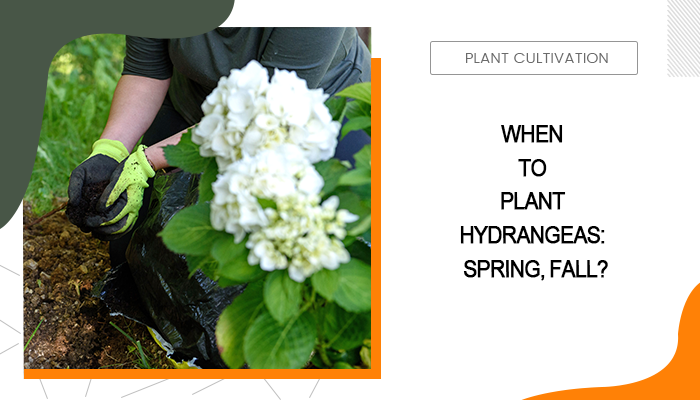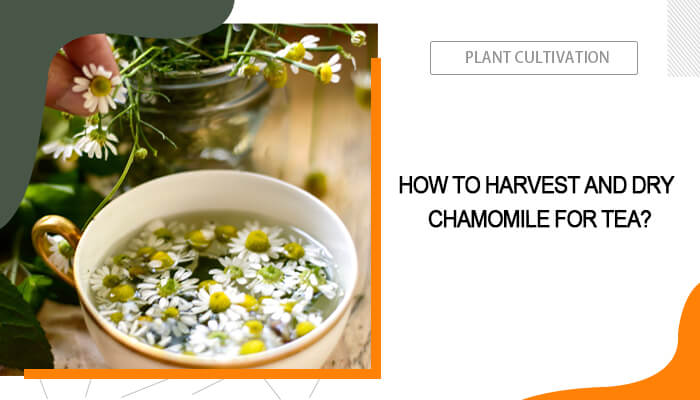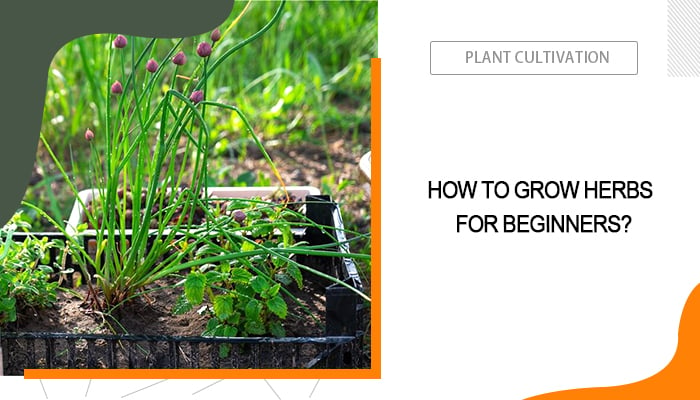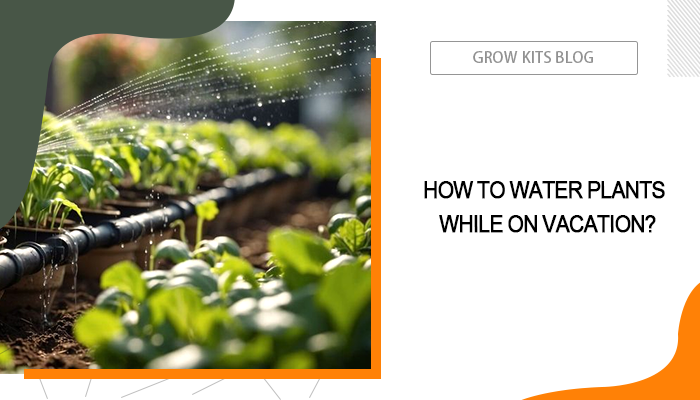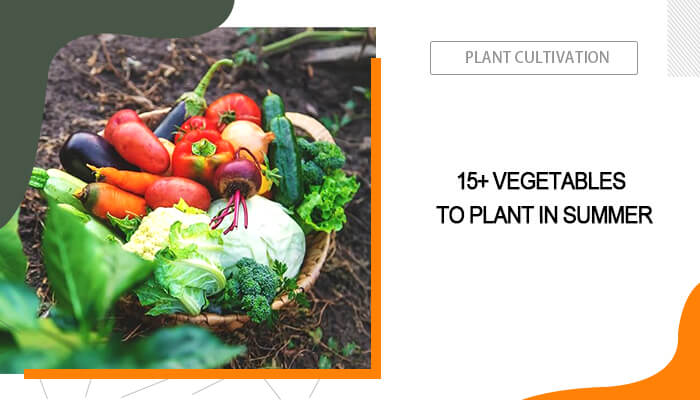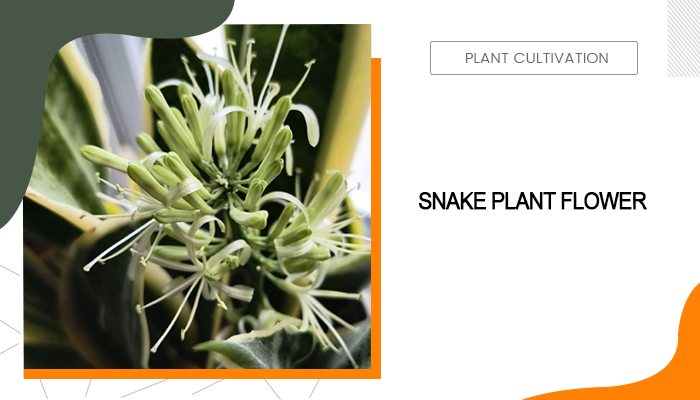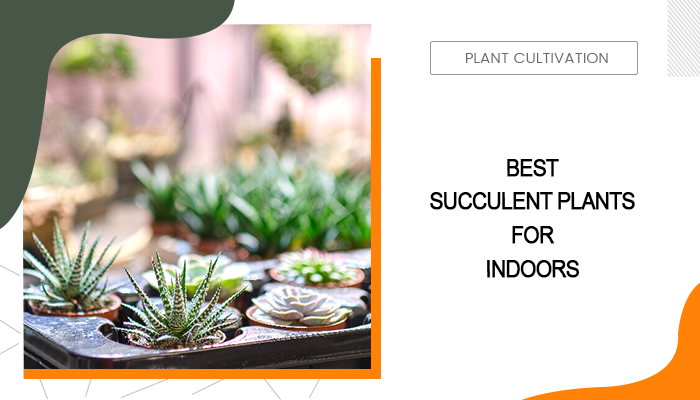Hydrangeas, with their lush foliage and large, colorful blooms, are a favorite among gardeners seeking for entertainment in their landscapes. However, frost can easily kill your hydrangeas, and understanding when to plant hydrangeas is crucial for ensuring these beautiful perennial plants thrive. This guide will take you through when is the best time to plant hydrangeas, preparing your garden, and caring for your plants to achieve the most breathtaking blooms.
Table of Contents
When Is the Best Time to Plant Hydrangeas
Long story short, the two optimal planting windows are late spring and early fall, each offering unique benefits for growing hydrangeas.
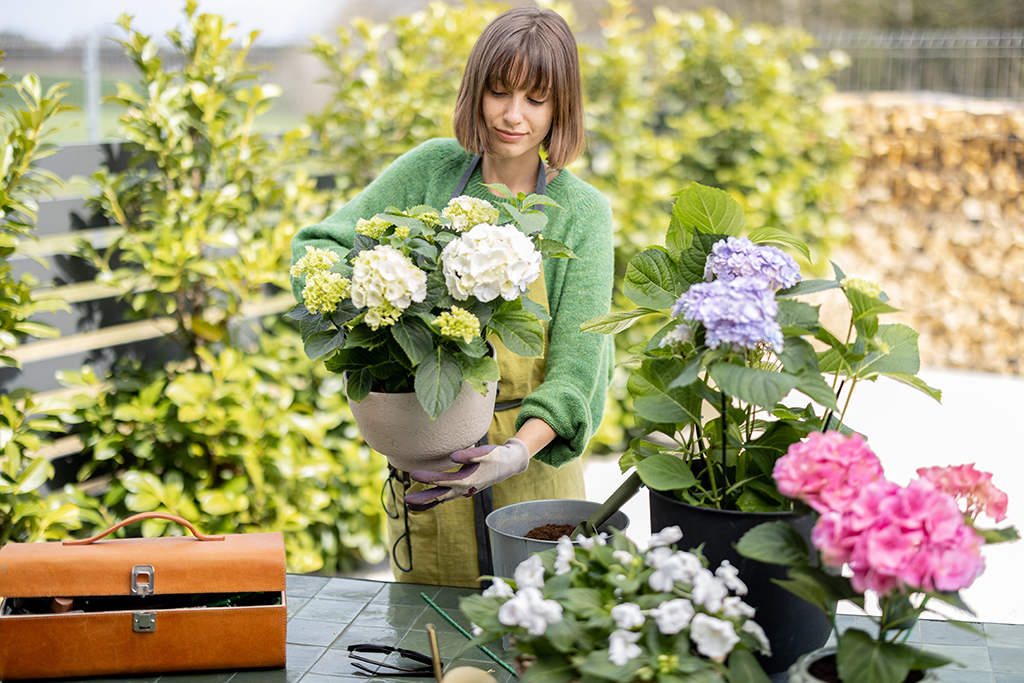
Planting hydrangeas in late spring offers an optimal window, ensuring they are settled well after frost threats subside yet before the summer's peak heat sets in. The etymology of "hydrangea" itself, derived from the Greek words "hydro" for water and "angeion" for vessel, aptly reflects the plant's significant water needs. This term, translating to "water vessel," highlights the hydrangea's notable requirement for consistent moisture.
Early fall presents a valuable opportunity, particularly suited for areas characterized by milder winter conditions. This period is marked by a gentle transition in weather, where the harsh extremes of summer heat give way to the more temperate and forgiving conditions of autumn. The significance of cooler night temperatures during this time cannot be overstated, as they play a crucial role in mitigating transplant shock, such as hydrangeas wilting.
So, how do you decide whether to plant hydrangeas in late spring or early fall? Based on the hydrangea types/varieties and growing zones you are living in, you can find a more specific answer below.
Planting Hydrangeas by Type
Different types/varieties of hydrangea plants may grow more healthy when planted at the right time. The following types include hydrangea bushes, climbing hydrangea, and container hydrangea.
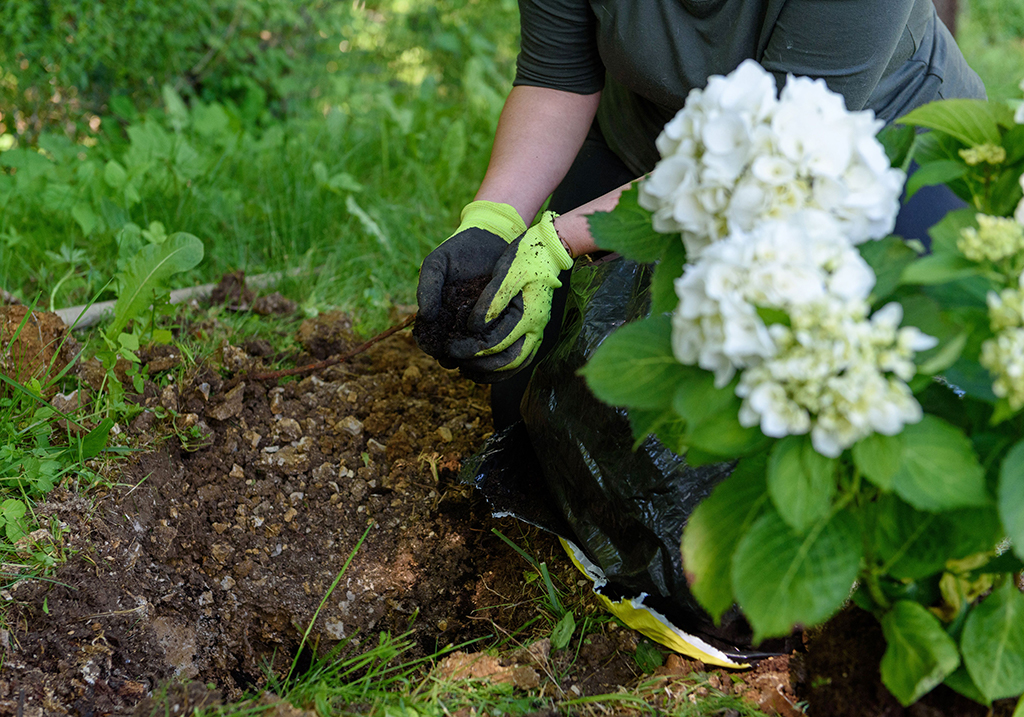
Hydrangea Bushes
- Bigleaf Hydrangeas (Hydrangea macrophylla): Examples include 'Endless Summer', 'Nikko Blue', and 'Mariesii'.
- Smooth Hydrangeas (Hydrangea arborescens): Notable varieties are 'Annabelle' and 'Incrediball'.
- Mountain Hydrangeas (Hydrangea serrata): Examples are 'Bluebird' and 'Tuff Stuff'.
Fall and spring as prime times for planting hydrangea bushes. Summer planting is possible but not advised due to the heat's potential to inhibit root development.
When planting hydrangea bushes in summer, pay attention to hydrating the plants well and keeping them out of direct sunlight during this time.
Climbing Hydrangeas
- Hydrangea petiolaris: A well-known variety is the traditional climbing hydrangea, which is excellent for covering walls, fences, and large trellises.
Climbing and bush hydrangeas can be planted at the same time, with a preference for fall due to the plant's dormancy, reducing energy expenditure and minimizing damage risk. Spring is also an option, though it comes with the risk of transplant shock if the plant has already begun new growth.
Container Hydrangeas
- Miniature Bigleaf Hydrangeas
- Dwarf Panicle Hydrangeas
- Small Oakleaf Hydrangeas
Contrarily, spring is the best time to plant container hydrangeas, with fall being a secondary option. This is because potted plants are more exposed to frost. We recommend protecting potted plants from frost if necessary, but note that in warmer climates, fall planting can also work well.
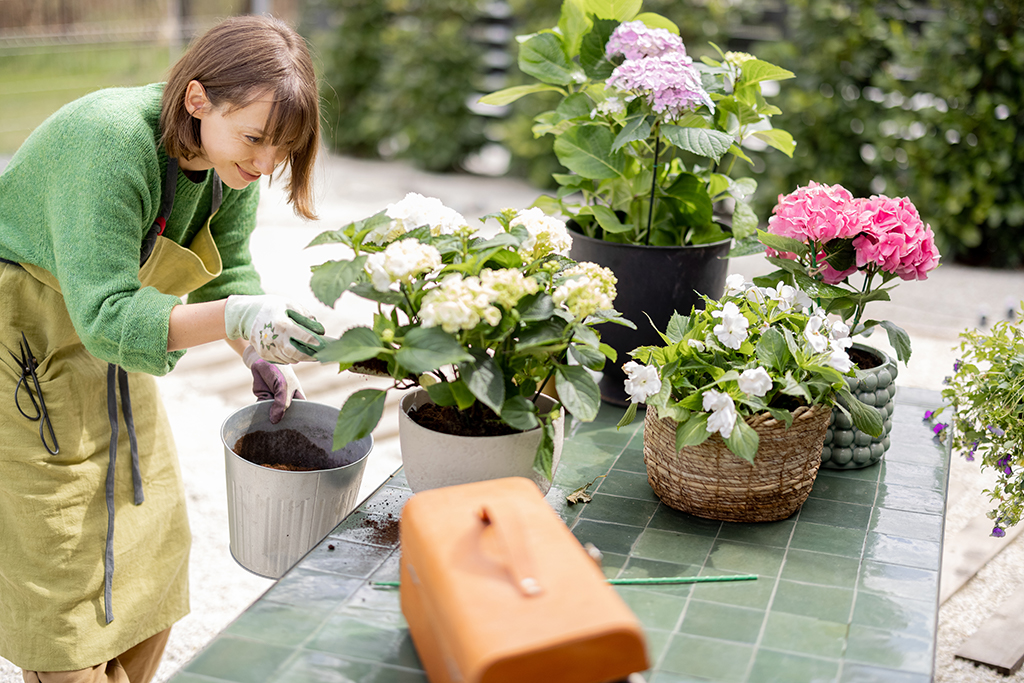
Planting Hydrangeas by Growing Zones
Regarding planting by USDA hardiness zones, the general guideline still follows: it's advised to plant after the last frost in spring or before the first frost in fall, ensuring about six weeks of mild weather for root establishment. However, this rule varies slightly by zone due to differing frost dates:
- Zone 3: Harsh winters, plant after the last frost and well before the first frost.
- Zone 4-5: Cooler with frigid winters, optimal planting in September.
- Zone 6-7: Milder winters, allowing for a longer planting season.
- Zone 8: Mild winters with a later first frost, extending fall planting opportunities.
- Zone 9: Warm with a short frost period, offering a broader planting window.
- Zone 10: Virtually frost-free, allowing for winter planting.
FAQs about When to Plant Hydrangeas
- What month is best to plant hydrangeas?
The best months to plant hydrangeas are generally in the early fall or late spring. In fall, aim for a time well before the first expected frost, giving the plant time to establish its roots. In spring, wait until the threat of the last frost has passed to ensure the young plants won't be damaged by cold temperatures.
- Do hydrangeas like sun or shade?
Hydrangeas generally prefer a mix of both sun and shade throughout the day, though there are also full sun hydrangeas. They do well with morning sun, which provides the light they need without the intensity of afternoon heat. Dappled shade during the hottest part of the day helps protect them from stress and excessive water loss.
- What climate do hydrangeas grow best in?
Hydrangeas grow best in temperate climates with distinct seasons. They are hardy in USDA zones 3 through 9, with some variation depending on the specific variety. Hydrangeas prefer environments where they can experience a period of dormancy in the winter, followed by a moderate summer that isn't excessively hot or dry.




